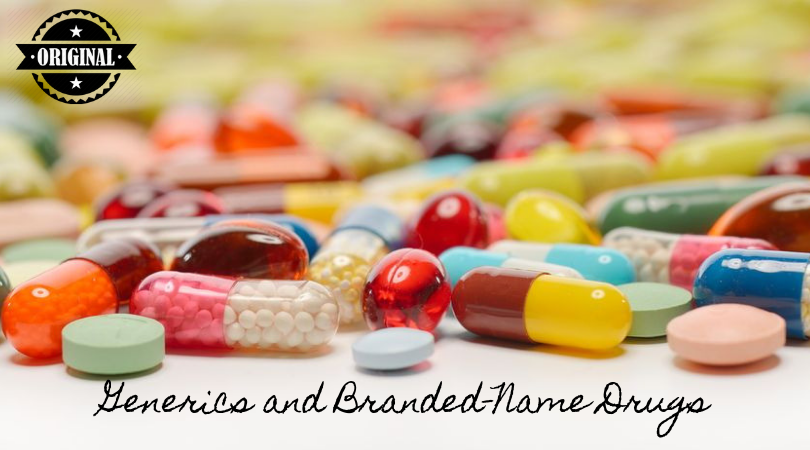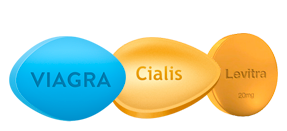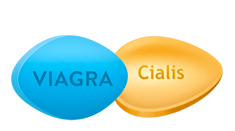Most Popular Generic Drugs and Their Brand Names
Generics for most people remain a closely guarded secret. Many have heard this word, but what exactly it means. Just recently, in June, another portion of the report was published as part of the HealthIndex project for the study of final consumers of medications. So, 63% of respondents do not know what generics are, and another 13% are sure that they are no different from the brand-name drugs. Meanwhile, everything is not so simple.
Theory and practice
So, according to medical specialists and Secure Tabs, in particular, generics are copies of drugs that were patented by their manufacturers. This company had the opportunity to produce them exclusively for some time, but then the patent protection expired, the manufacturer declassified the active substance molecule, and now anyone can stamp this medication at their laboratories and even give its own trade names.
In theory, such copies have the same characteristics in terms of quality, effectiveness, and safety as the original means. A huge number of pharmaceutical companies are engaged in the production of generics, including those that have invented original medications, can now reproduce them. And theoretically, the differences between the generic and the original drug should be only in price (a copy is cheaper) and in appearance.
According to the new requirements of the FDA, doctors will prescribe medications not under the trade/brand name, but under the international non-patented (INN), which reflects the chemically active component in the drug. And already the pharmacist in the pharmacy will offer several options – either the original or a whole list of generics. And you have to choose.
It is expensive to be sick. But if you replace the original drug with a generic, you can save a lot of funds. Some generics are much cheaper than the original drugs. They have not been developed by trial for decades in the laboratory, did not run around on trials of rats or rabbits, did not undergo multi-level, strictly controlled human trials, have not been spent enormous resources on the promotion of medications. They are many and different generics that’s why competitors do not give each other to increase the price. The state can save the budget for many health programs in such a way.
This is confusing information. Indeed, generics contain the same active chemical components, have the same form and dosage in comparison with the original means. In addition, they should have exactly the same effect on the body. Naturally, they retain not only therapeutic, curative effect but also the same negative reactions.
Any medicine application is a risk, there is no direct action without a side effect. The main thing is the ratio between the potential benefits of taking the drug and the potential harm it can cause. Generics, in addition to the risks inherited from the original, have their own disadvantages. The patent covers only the molecule of the active substance, but not the whole tablet. The effectiveness of generics depends on what kind of fillers or additional constituents there added, what kind of shell is used, what technology is applied.
For example, a tablet of the branded preparation is produced by spraying the layers, which allows the active substance to be released evenly into the blood over a long time, maintaining a certain concentration. Generic may be produced in absolutely another way. In this case, the peak concentration of the drug in the blood will be quickly reached, and then it will quickly disappear.
Another example: the tablet of the original is coated with an acid-resistant wafer so that it will dissolve only in the intestine, where the medium layer is alkaline. A generic manufacturer saved and either did not make the wafer or made it purely conditional just for looking like the original drug. As a result, either the gastric mucosa will suffer from an aggressive active principle, or the medicine will be inactivated with hydrochloric acid.
Excipients, which the manufacturer of the generic adds to the active chemical substance to produce the medication, can cause allergies in the form of urticaria or cough. This should be monitored and if there are such symptoms – immediately inform the doctor. In this case, the copy offered by the doctor must be replaced by another generic.
Any state is forced to limit resources. In many countries, it is allowed to prescribe medications only for INN, and only the cheapest of them can be obtained from insurance or free of charge. But no one can limit the patient in his desire to buy the original drug with the same chemical formula.


